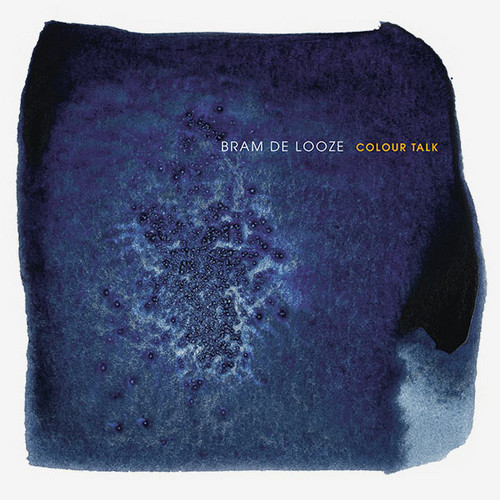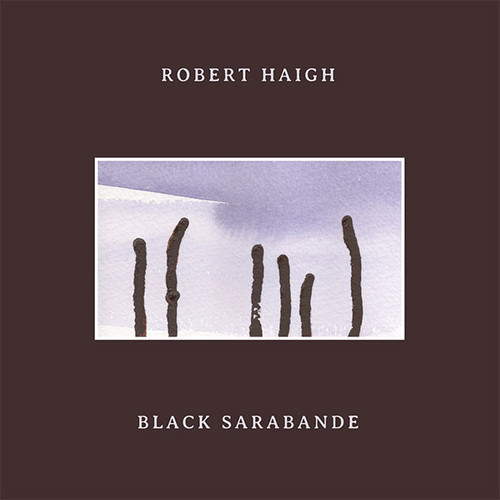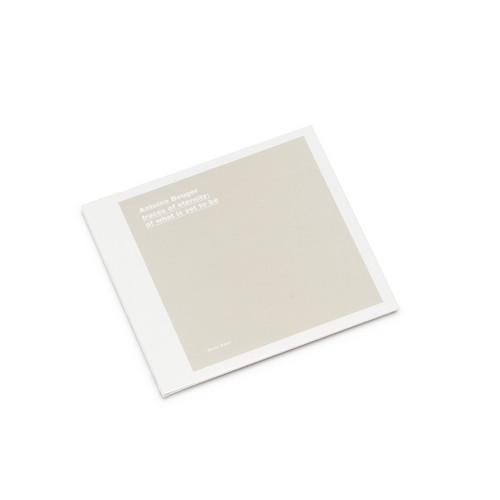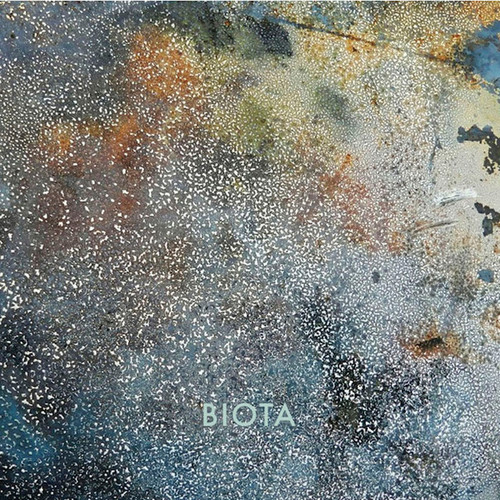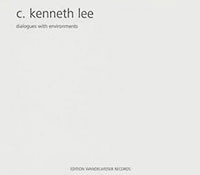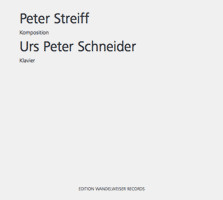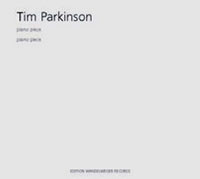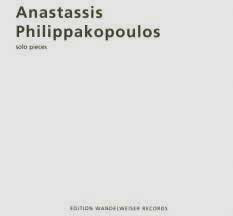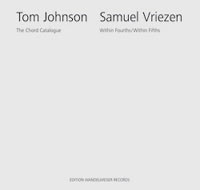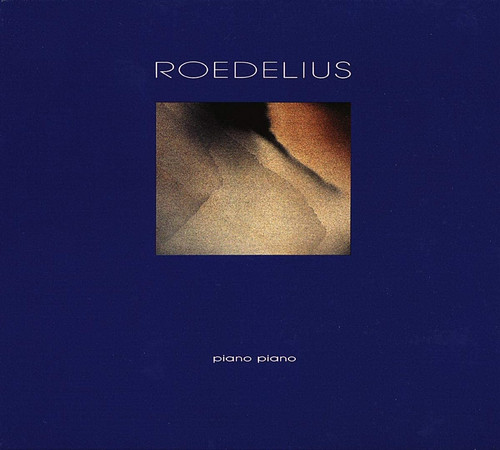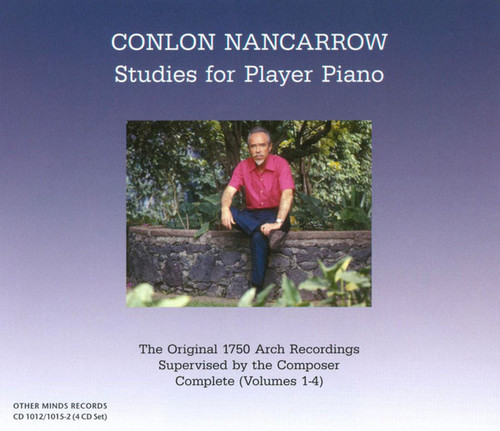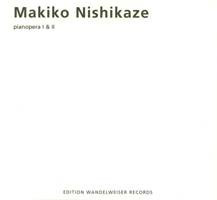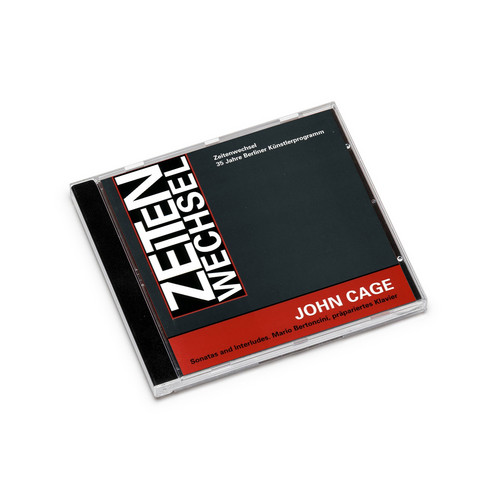Colour Talk
**CD version** Bram De Looze is a Belgian pianist and composer whose distinct musical vision has found its way through both solo projects and collaborations. His unique technical skill and musical maturity have earned him considerable critical acclaim back home as his work spotlights his far-ranging interests – from traditional classical piano music, to solo improvisations that have often been compared to Keith Jarrett and Jason Moran.
Black Sarabande
Black Sarabande expands upon pianist-composer Robert Haigh’s beguiling debut for Unseen Worlds with a collection of intimate and evocative piano-led compositions. Haigh was born and raised in the ‘pit village’ of Worsbrough in South Yorkshire, England. His father, as most of his friends’ fathers, was a miner, who worked at the local colliery. Etched into Haigh’s work are formative memories of the early morning sounds of coal wagons being shunted on the tracks, distant trains passing, and walking…
Traces of Eternity: of What Is Yet To Be
**300 copies** "There have been quite a few releases of Antoine Beuger’s music over the past several years and it’s an odd, and very pleasurable thing to consider them en masse. On the one hand, his music is so diaphanous, so air-suffused that you’d think it might be difficult (not to mention unnecessary) to differentiate them mentally. On the other, they’re always very different. There’s that old AMM aphorism: “as alike or unalike as trees” that conveys something of my feelings about Beuger’s w…
Funnel to a Thread
Since the late 1970s Biota has ploughed its own furrow, producing a body of work that resembles nothing anyone else has done or is yet doing. Their compositions evolve in long, constantly shifting timbral blocks filled with fragments and echoes of quasi-familiar musical languages and sounds – or none - and use instrumental resources that span half a millennium and two thirds of the planet to create unique combinations of timbral colour in constant motion; this is a music in which everything is i…
dialogues with environments
2013 releae **
"Three works for solo piano in a kind of homage to Cage's "4'33"", insofar as the room in which the recordings took place is accorded coequal prominence, at least as the stated intention of Lee. So one hears various rustles, coughs and whatnot while the beginning of the last track, "Piano Solo No. 5" (2011) sounds as though recorded in close proximity to a number of aging fluorescent bulbs. More to the point, the piano sound is noticeably different in the three spaces. The music i…
Urs Peter Schneider . Klavier
2014 release **
"Peter Streiff’s music moves in historical webs, encompassing the connected worlds of allusion and individuality in a language that is at once direct and cryptic. This new disc of his piano music, performed by fellow composer Urs Peter Schneider, is a microcosm of Streiff’s creative trajectory. For ease of comprehension, I will use English versions of composition titles in this review. “Of Magic” (1970), the earliest material represented here, has a fair amount in common with the…
piano piece
2010 release **
"Arrayed neatly, but in dislocated sequence, across clean white pages using a standard music notation software, the material of Tim Parkinson's piano pieces suggests anonymity. Traces of other musics may be suggested by some of the material, though the focus for the performer is on projecting the sounds without the clutter of imposed interpretative rhetoric. In so doing both composer and performer declare themselves and this beautiful music is revealed."
Solo pieces
2005 release **
music that allows sounds to sound:to die away, completely, into silence sounds thought from their end:not moving forward, but drawing back. this creates space, expanse, a delicate serenity:silence - and what it shelters - becomes audible. this is singing with the ears:barely more than silence. a singing which not only makes,but becomes space: a space for worlds. phrases are also sounds:unfolded, laid out as a path. sound paths that come into being first when followed,invariably t…
The chord catalogue / Within fourths/Within fifths
2013 release **
"The Chord Catalogue is sort of a sister to Music for 88. It is also an examination of pianistic possibilities done with a focus so tight that obscuring any intrinsic aesthetic qualities in the execution seems to be the intention. (Also like Music for 88, Johnson recorded the piece for Phill Niblock’s Experimental Intermedia imprint). Beginning with “The 78 Two-Note Chords” (the section titling further eliminates risk of artistic suggestion), the set of pieces exhausts its way th…
Piano Piano
Bureau B reissues Piano Piano by German keyboardist Hans-Joachim Roedelius, originally released in 1991 on the Italian label Materiali Sonori. In classical music, "pp" (piano piano = pianissimo) is a dynamic indication of particularly soft music. And Piano Piano is a very soft, quiet album. Roedelius assumes the role of a fairytale character with his piano music, transported to a strange, fantastical landscape where, filled with awe and amazement, he tries to get his bearings. What he see…
Studies for Player Piano
The definitive recording of Conlon Nancarrow’s Studies for Player Piano, originally released on LP by 1750 Arch Records, newly remastered in spectacular sound, representing the most faithful reproduction of what Nancarrow heard in his own studio. This is the only available recording utilizing Nancarrow’s original instruments: two 1927 Ampico player pianos, one with metal-covered felt hammers and the other with leather strips on the hammers. The 4-CD set includes a 52-page booklet with the origin…
Pianopera I & II
2004 release **
"Another joint production by Edition Wandelweiser and Radio Bremen testifies to the originality of the Japanese composer Makiko Nishikaze. Her idiosyncratic diptych pianopera l & II (2002), with its unpredictably alternating sound structures, follows no discernible logic, yet its musical structure never seems arbitrary, so that the music, despite the great aesthetic distance, certainly seems related to Luigi Archetti's CD discussed at the beginning. It is the varied penetration i…
Sonatas and Interludes
This landmark recording of John Cage’s prepared piano works performed by Mario Bertoncini was recorded back in December 1991. The sonatas are divided into four groups, each divided by the less overtly structured, rhapsodic interlude pieces. Bertoncini sensitivity to the displaced sonic characteristics of the piano is remarkable and suggests a rigorous dedication to Cage’s work.
